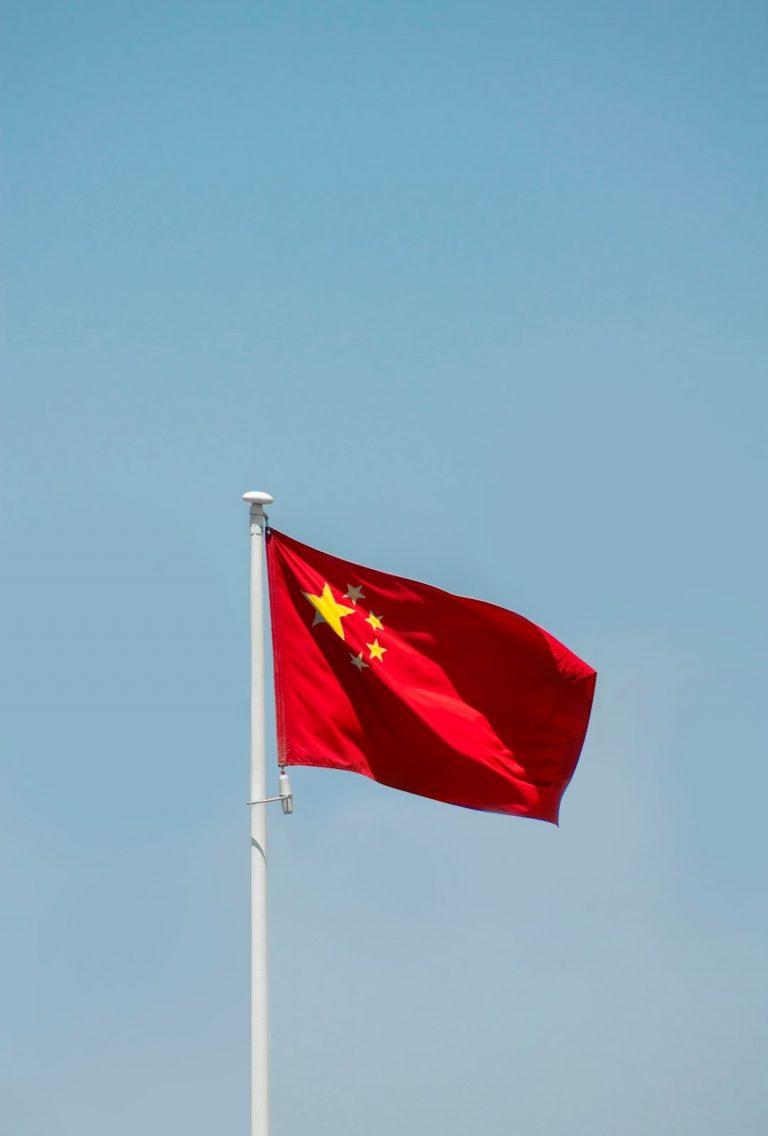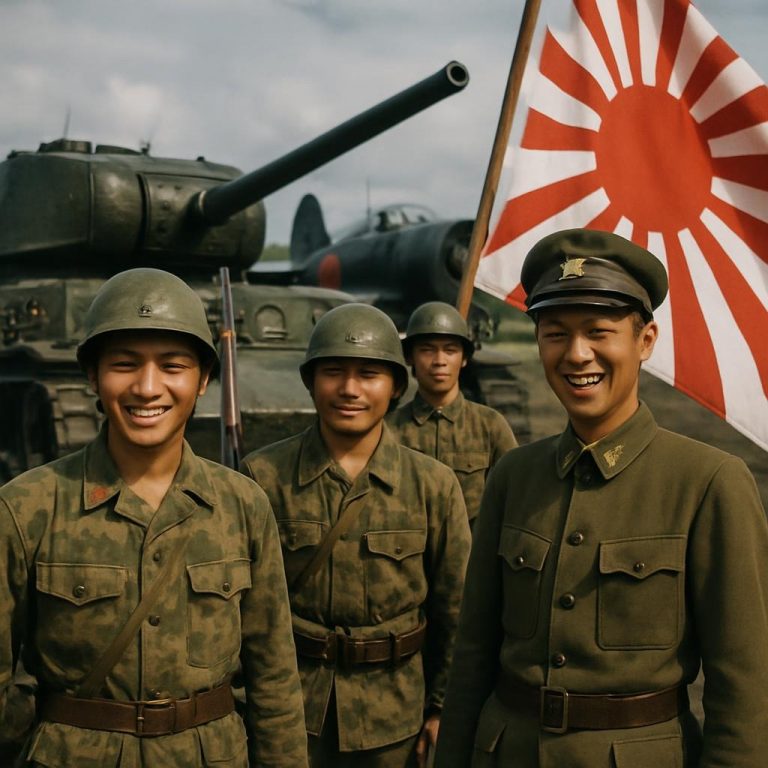
Japan is undergoing a historic shift from its postwar pacifist identity toward a proactive defense posture, driven by regional threats, political realignment, and evolving public sentiment. This transformation is reshaping East Asia’s security architecture and global perceptions of Japan’s role.
🧭 Historical Context
- Japan’s post-WWII constitution, especially Article 9, prohibits maintaining traditional military forces and renounces war as a sovereign right. This constraint has shaped Japan’s defense policy for decades ancientwarhistory.com.
- Article 9 outlawed war and banned Japan from maintaining armed forces with war potential, leading to the creation of the Self-Defense Forces (JSDF) under strict limitations Wikipedia.
- Japan adopted pacifism after WWII due to the devastation of Hiroshima and Nagasaki and Allied occupation, which imposed a constitution emphasizing peace and civilian control World History Edu Smithsonian Magazine.
- The JSDF evolved from a domestic security force in 1954 to a modern military with global capabilities, including missile defense, cyber units, and international peacekeeping Wikipedia Oxford Academic.
- The U.S.-Japan Security Treaty allowed U.S. bases in Japan and committed both nations to mutual defense, anchoring Japan’s Cold War posture and enabling limited rearmament features.csis.org Wikipedia.
🛡️ Strategic and Security Concerns
- China’s military rise, North Korea’s missile threats, and Russia’s aggression are prompting Japan’s military expansion GIS Reports kjms.sljol.info.
- North Korea’s missile program has led Japan to deploy Aegis destroyers and invest in missile interception systems, reshaping its defense doctrine War on the Rocks Stimson Center.
- China’s assertiveness and joint operations with Russia are seen as Japan’s greatest strategic challenge, driving defense spending and regional coordination POLITICO DW.
- Japan’s buildup complements its U.S. alliance, with joint exercises, shared bases, and strategic coordination against China ABC News EconoTimes.
- Taiwan’s security is central to Japan’s defense planning, with commitments to support U.S. operations and defend shared strategic interests Hudson CSIS.
💰 Economic and Political Dimensions
- Japan is funding its defense surge through increased GDP allocation and fiscal reforms, with implications for debt, industry, and social spending Royal United Services Institute japanpoliticalhistory.com.
- Prime Minister Sanae Takaichi and the Liberal Democratic Party advocate military expansion to counter regional threats, supported by conservative factions DW US News.
- Public support for defense expansion has grown, with 64% favoring stronger capabilities amid regional tensions 朝日新聞デジタル Stars and Stripes.
- Domestic risks include budget strain, political polarization, and resistance from pacifist constituencies, especially regarding arms exports and offensive capabilities japanpoliticalhistory.com Royal United Services Institute.
- China and North Korea have condemned Japan’s buildup, while ASEAN states cautiously engage through logistics and defense forums Moneycontrol South China Morning Post.
🌐 International Relations and Diplomacy
- Japan-South Korea ties are improving through defense normalization and trilateral cooperation with the U.S., despite historical tensions CSIS 38 North.
- ASEAN countries are cautiously supportive, engaging in logistics pacts and defense forums while balancing ties with China South China Morning Post broadsheet.asia.
- Japan balances its peace image by emphasizing defensive modernization and humanitarian missions, though critics warn of militarization policystability.com buildingelements.com.
- Japan’s resurgence could fuel an arms race, especially with China, North Korea, and South Korea expanding capabilities East Asia Forum ThinkChina.
- Japan’s strategy aligns with South Korea and Australia through trilateral and minilateral frameworks, emphasizing deterrence and interoperability Global Firepower United States Studies Centre.
⚖️ Legal and Ethical Considerations
- Japan’s 2022 security documents loosen restrictions on collective self-defense and arms exports, enabling broader military roles SIPRI deftechtimes.com.
- Japan addresses remilitarization concerns through public debate, alliance diplomacy, and incremental legal reforms, though skepticism remains LinkedIn kulpologika.hu.
- Ethical debates center on pacifism vs. deterrence, constitutional integrity, and Japan’s historical responsibility, with polarized views on Article 9 Observer Research Foundation | ORF everydaysamurai.life.
🔮 Future Outlook
- Japan aims to become a global military power by 2030–2040, with advanced missile systems, cyber capabilities, and strategic autonomy 防衛省・自衛隊 The International Institute for Strategic Studies.
- Revising or repealing Article 9 could redefine Japan’s global role, potentially destabilizing East Asia or strengthening deterrence depending on execution japanpoliticalhistory.com The Hill.
🎥 Documentary Recommendations
Here’s a curated list of documentaries that explore Japan’s military evolution, constitutional debates, and regional security dynamics:
| Title | Focus | Link |
|---|---|---|
| “Farewell to Pacifism: Japan is Rearming” (DW) | Japan’s shift from pacifism to militarization | Watch here |
| “The Fog of Peace: Japan’s Constitution and War Memory” (NHK) | Article 9 and postwar identity | Watch here |
| “The Rise of Japan’s Military Power” (Al Jazeera) | Strategic buildup and regional tensions | Watch here |
| “Japan and the U.S. Alliance” (PBS Frontline) | Cold War and modern alliance dynamics | Watch here |
| “Asia’s Arms Race” (BBC Panorama) | Regional military competition | Watch here |
🗂 Keywords
Japan defense policy, Article 9, JSDF, U.S.-Japan alliance, Taiwan security, China military, North Korea missiles, Sanae Takaichi, ASEAN diplomacy, East Asia arms race, constitutional reform, pacifism, remilitarization, strategic autonomy, Indo-Pacific security






